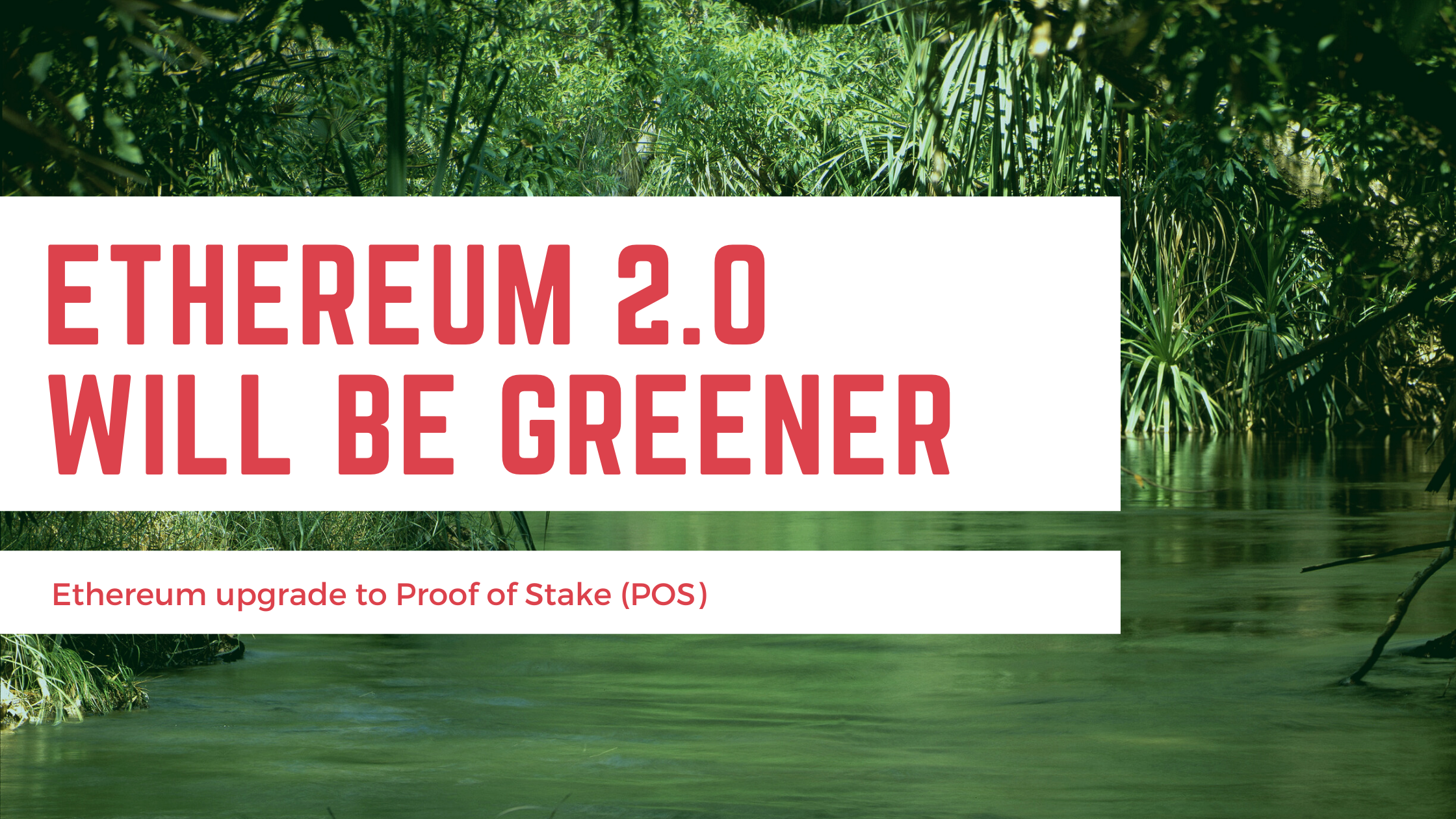The crypto space is going through a buzz since it’s pegged as a game-changer for the financial industry, however, it contributes massively to rising carbon emissions. bitcoin consumes an insane quantity of energy due to mining through fossil fuels, and it has already brought on international outrage amid issues of weather change. If cryptocurrencies want to seal their spot being more environment friendly might be an absolute necessity.
At the same time as the fate of bitcoin remains at everyone’s guess, the inventor of Ethereum Blockchain, Vitalik Buterin, is confident that an answer is not far away. He is presently working on an upgrade in Ethereum’s code that can solve these problems. It is not as easy as it sounds as the blockchain can cope with greater obligations than bitcoin, like storing facts, helping selections, and automating value distribution thru smart contracts. the new update to the blockchain consists of radical innovations inclusive of a wholly new concept of issuing coins, faster transactions, and up to 99% less electricity consumption.
How is the Ethereum blockchain going to change?
In Ethereum 2.0 upgrade, it will shift to a “proof-of-stake” (pos) model from the earlier “proof-of-work” (pow) version. Bitcoin works on the proof of work system, and it is very electricity-extensive as computer systems compete in opposition to each other to validate transactions and get rewards (these rewards are technically mined coins). On the flip side, the participants in POS are referred to as validators rather than miners. Each validator has to position up some stake as collateral, in return, the stakers are rewarded with Ether for their efforts. It can be seen as a good source of passive earnings, and payouts shall also be acquired over time.
The brand new procedure is far greater electricity-efficient because the complexity of the cryptographic work is lower. Every node is answerable for staking its currency to take part inside the process as opposed to hundreds of thousands of processors competing against each other.
A cryptocurrency designed for the future
Researchers say that electricity intake should drop massively to one/10,000th of the contemporary requirement. for reference, bitcoin requires 707 kWh of strength, whilst Ethereum comes at 62. fifty-six kWh. In contrast, Ethereum 2.0 might be enormously green.
In simple phrases, bitcoin needs huge processors to compute complex algorithms while Ethereum 2.0 will update this with a node sitting someplace in a server. it’ll assist in discouraging hoarding of excessive-cease GPUs for mining, which can be ideal intended for gaming.
The net is powered by servers, which require naked minimal energy while as compared to a processor.
Ethereum 2.0 is happening in stages, and the primary is numbered as phase 0, or known as the beacon chain, and is already started. It introduces the brand new pos version, prepares the blockchain for staking, and serves as an ordeal-and-error quarter for destiny variations.
Segment 1 is called “merge” and represents the authentic migration from the old systems to the new techniques. it’ll additionally introduce sharding, which enables break up a database or block to spread the weight throughout numerous servers. It’s a crucial function of the updated blockchain and performs a vital role in increasing efficiency. ultimately, phase 2 will put in force sharding to assist to scale and enhance transaction capability.
The upgrade will maximum in all likelihood reduce transaction prices within the network because of performance, allowing smaller transactions. The technological shift will help those who nevertheless can’t get entry to contemporary banking structures and want a solution for the problem. it will additionally help in cryptocurrency adoption as big institutions are much more likely to favor one with a greener impact on the environment.





